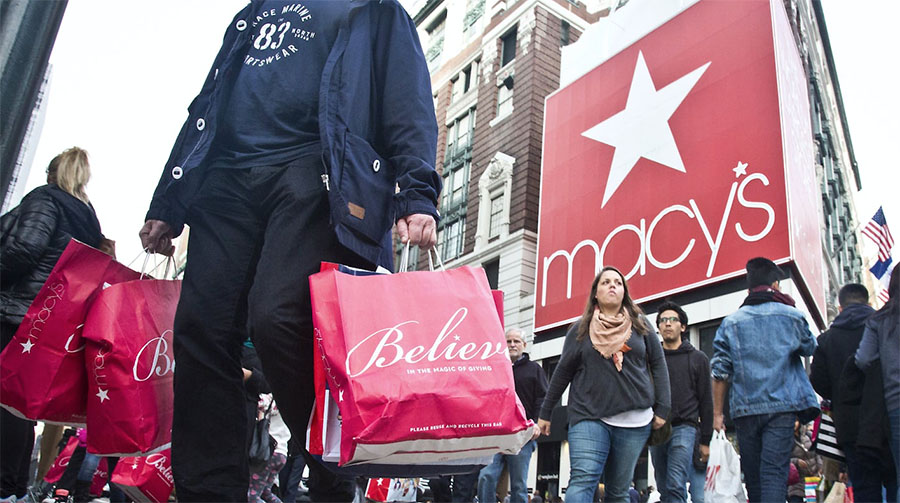U.S. retail sales fell 0.6 percent in November from October but were up 6.5 percent year-over-year, the Department of Commerce reported. That compares with increases of 1.3 percent month over month and 8.3 percent year-over-year in October, which got a boost from earlier-than-usual holiday shopping driven by concerns that inflation would continue to increase prices.
The National Retail Federation (NRF) noted that solid year-over-year growth marked a strong start to the holiday season.
“Consumers continued to spend on household priorities and holiday gifts for loved ones this November despite continued inflation and rising interest rates,” NRF President and CEO Matthew Shay said. “Holiday shoppers are demonstrating resilience, and retailers are providing great products and experiences at the right price levels to help stretch household budgets. Consumers have been shifting back to in-store shopping for a more traditional holiday shopping experience, and we expect record participation for this year’s Super Saturday shopping weekend.”
“While job and wage gains and built-up pandemic-era savings supported holiday shoppers in November, shoppers were squeezed by inflation and higher interest rates,” NRF Chief Economist Jack Kleinhenz said. “This was the first leg of the official holiday season and had a large hurdle to overcome with monthly comparisons because of early shopping in October, but the consumer remains surprisingly resilient. The healthy year-over-year comparison is more important and clearly shows that the economy is not in a recession. Spending is on track to meet our expectations for a solid holiday season.”
The NRF’s calculation of retail sales, which excludes auto dealers, gas stations and restaurants to focus on core retail, showed November was down 0.4 percent from October but up 5.6 percent unadjusted year-over- year. In October, sales were up 0.6 percent month over month and up 6.2 percent year-over-year.
The NRF’s numbers were up 6.5 percent unadjusted year-over-year on a three-month moving average as of November and up 7.2 percent year-over-year for the first 11 months of the year.
November accounts for the first half of the holiday season, which the NRF defines as November 1 through December 31, and the results are on track with the organization’s forecast that 2022 holiday sales would grow between 6 percent and 8 percent over 2021. Even the low end of NRF’s forecast of between $942.6 billion and $960.4 billion in holiday sales would top last year’s record of $889.3 billion.
Yearly, November sales were up in all but two retail categories, led by grocery stores, online sales, health and personal care stores, but fell in seven out of nine categories monthly. Specifics from key sectors include:
- Grocery and beverage stores were up 0.8 percent month over month, seasonally adjusted, and up 8.8 percent unadjusted year-over-year;
- Online and other non-store sales were down 0.9 percent month over month, seasonally adjusted, but up 7.7 percent unadjusted year-over-year;
- Health and personal care stores were up 0.7 percent month over month, seasonally adjusted, and up 4.3 percent unadjusted year-over-year;
- Building materials and garden supply stores were down 2.5 percent month over month, seasonally adjusted, but up 3.7 percent unadjusted year-over-year;
- Sporting goods stores were down 0.6 percent month over month, seasonally adjusted, but up 3.5 percent unadjusted year-over-year;
- General merchandise stores were down 0.1 percent month over month, seasonally adjusted, but up 3.2 percent unadjusted year-over-year;
- Clothing and clothing accessory stores were down 0.2 percent month over month, seasonally adjusted, but up 1.7 percent unadjusted year-over-year;
- Furniture and home furnishings stores were down 2.6 percent month over month, seasonally adjusted, and down 3.3 percent unadjusted year-over-year; and
- Electronics and appliance stores were down 1.5 percent month over month, seasonally adjusted, and down 5.6 percent unadjusted year-over-year.
Photo courtesy AP
















